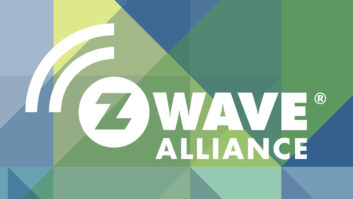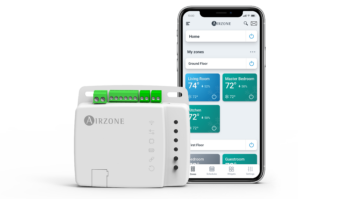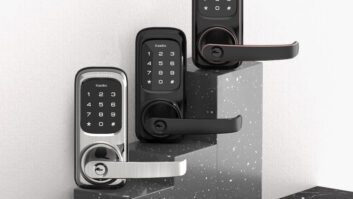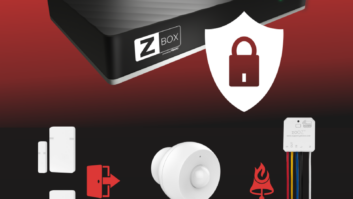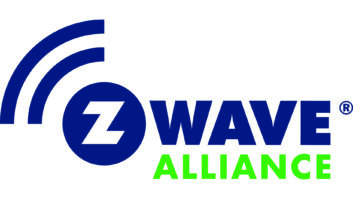
Four years after the Z-Wave protocol was established in 2001 and more than a decade before the IoT became a thing, a scant five manufacturers embraced the technology, and would go on to form the Z-Wave Alliance to promote it.
Fast-forward to 2018, and as the smart home gains traction among consumers, retailers and builders, the Z-Wave product panoply is quickly approaching some 2,500 devices. As Mitchell Klein, executive director of a vastly expanded Z-Wave Alliance, tells TWICE, “It’s an exciting time to be a Z-Wave manufacturer, due to the amount of choice and options available to create safe, interoperable and competitively designed products for the smart home and building markets.”
In an exclusive Q&A with TWICE, Klein further shared his takes on Bluetooth Mesh, the role of the hub and Z-Wave’s place in a voice-controlled future.
TWICE: How are Z-Wave product makers reacting to the trend toward eliminating hubs? Do you see a day where we might become completely hub-less?
I don’t think that hubs are necessarily being eliminated, but they are being transformed into multi-faceted devices that can simultaneously control and connect various other portions of a smart home or building. Stand-alone hubs that don’t have secondary benefits will at some point become irrelevant. Consumers are looking for hubs that serve as more than just the brain of the home; many struggle to justify the purchase of a product they don’t understand and that only allows other additional products to work together.
The key to greater smart-home and building adoption is to create hubs that offer multiple benefits to consumers, and product manufacturers must look at new ways they can combine the automation and controls capabilities of a hub with another benefit that consumers are looking for like security or energy management.
Watch: How Comfortable Are Consumers With Voice Control?
We are already experiencing this trend with several Z-Wave Alliance members shipping end devices with hubs built in, with more announcements coming every month.
TWICE: Thanks to the appeal of its universal compatibility, Bluetooth Mesh is slowly making its way into consumer products. Is Z-Wave preparing for a potential emergence of Bluetooth Mesh, and if so, how?
While Bluetooth as a whole is certainly popular, there are still many questions about Bluetooth Mesh. Z-Wave is still the most widely used mesh wireless protocol for the smart-home industry. It is the only standard with complete interoperability built into every product. Many Bluetooth devices are not meant for IoT or smart-home usage, and they aren’t guaranteed to work with Bluetooth Mesh devices.
True device ecosystem interoperability and variety in choice is key for smart-home adoption and education and must be a key focus for the success of any technology standard.
See: 10 New Security Cameras For Smart-Home Sellers
TWICE: What kind of feedback are you getting from Z-Wave product makers about how the voice-controlled smart-home world is developing, and the increasing dominance of Amazon Alexa, Google Assistant and other walled-garden voice-control platforms?
In 2018, compatibility with voice-control is key to driving consumer interest in the smart home. Voice assistants are officially mainstream and ensuring your product supports voice control is a necessary identifier for consumers new to the smart home or looking for the benefits of installing smart devices in their home. Communicating the ease of use, seamless transition into any lifestyle, and the wide product compatibility is a key step in driving consumer interest in voice control, and ultimately, a smart home.
Greater variety and choice is also important. Z-Wave natively supports both the Google Assistant and Amazon Alexa, which gives manufacturers more choice in who they choose to support voice control through their certified devices. At CES earlier this year, many of our members announced product compatibility with Google Assistant or Amazon Alexa, and we’re continuing to see that number grow.




